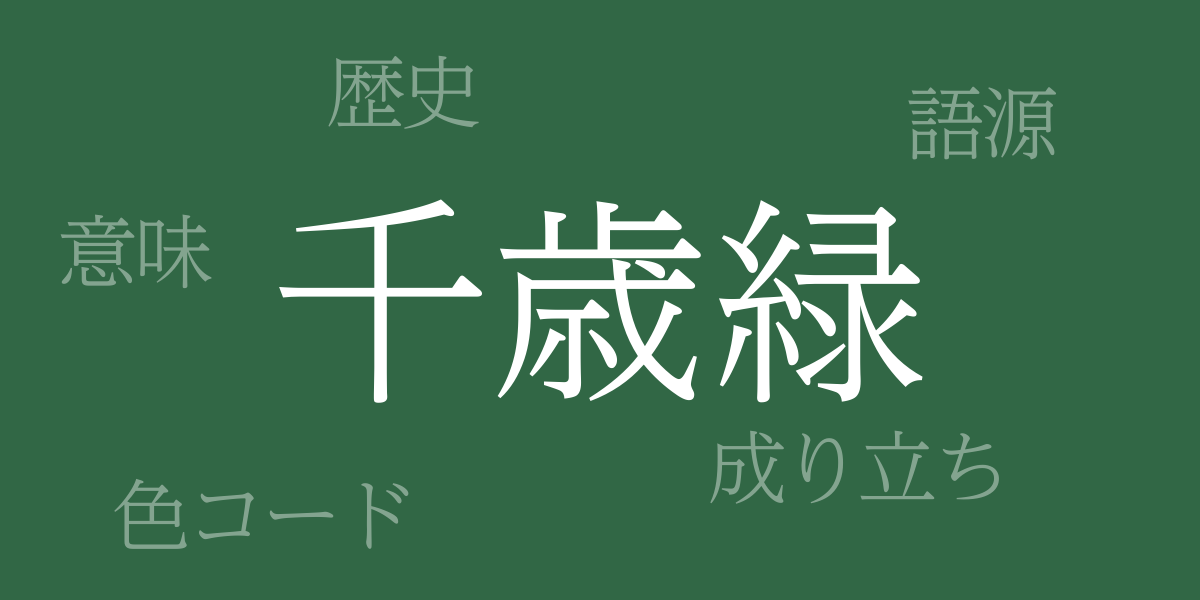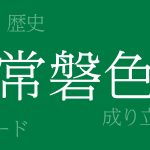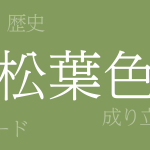Japan’s seasons bring a palette of colors that are cherished in daily life, reflecting the nation’s rich natural diversity. Among these, ‘Chitosemidori (千歳緑(ちとせみどり))’ stands out as a traditional color with a unique presence, symbolizing the Japanese spirit. This article explores the allure of this beautiful green, delving into its origins, color codes, and its Western name.
About Chitosemidori (千歳緑(ちとせみどり))
Chitosemidori (千歳緑(ちとせみどり)), meaning ‘thousand-year green’, is a deep, tranquil green that evokes the enduring nature of Japan’s flora. This color symbolizes eternal youth and vitality and has been an integral part of Japanese attire, fine arts, and crafts, embodying the aesthetic sensibilities of the Japanese people.
History of Chitosemidori
Chitosemidori has been favored since the Heian period, adored by the aristocracy for use in court costumes and architecture. As time progressed, it became popular among the general populace and established itself as a staple in Japan’s palette of traditional colors. Today, it is embraced in traditional crafts and modern designs, recognized both domestically and internationally for its beauty.
Color Code of Chitosemidori
For accurate reproduction in digital design and printing, the color codes for Chitosemidori are as follows:
- HEX: #316745
- RGB: R:49 G:103 B:69
- CMYK: C:82 M:51 Y:85 K:14
Western Names for Chitosemidori
While there is no exact Western equivalent for Chitosemidori, colors like ‘Malachite Green’ or ‘Forest Green’ share similar attributes. These names reflect different cultural interpretations of natural greens used throughout history.
Summary on Chitosemidori
Chitosemidori is a color that reflects Japan’s lush nature and historical depth, resonating deeply with the Japanese ethos. Its profound hue has been cherished through the ages, and its appeal remains undiminished in the modern era. By using specific color codes, this magnificent green can be shared globally, ensuring the legacy and expansion of Japan’s traditional aesthetics to future generations.

























